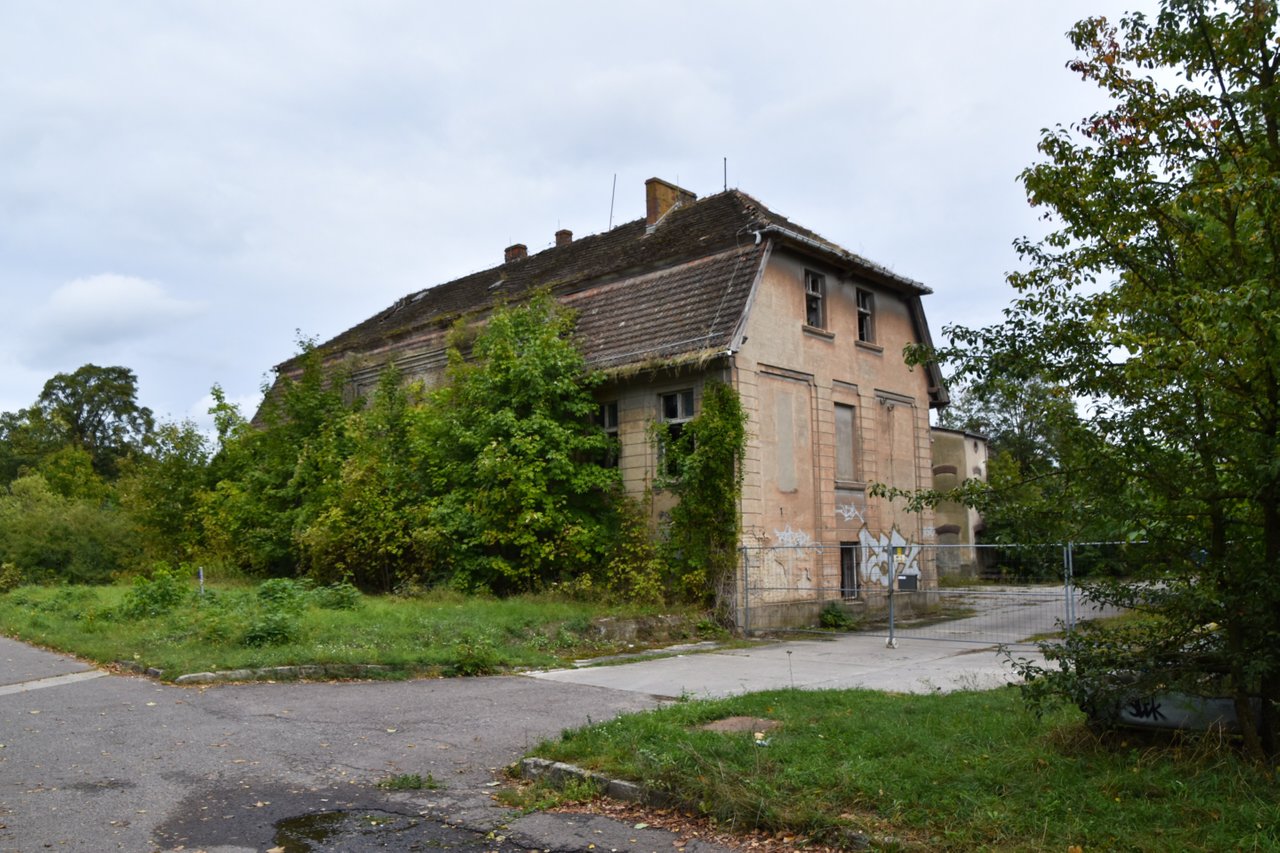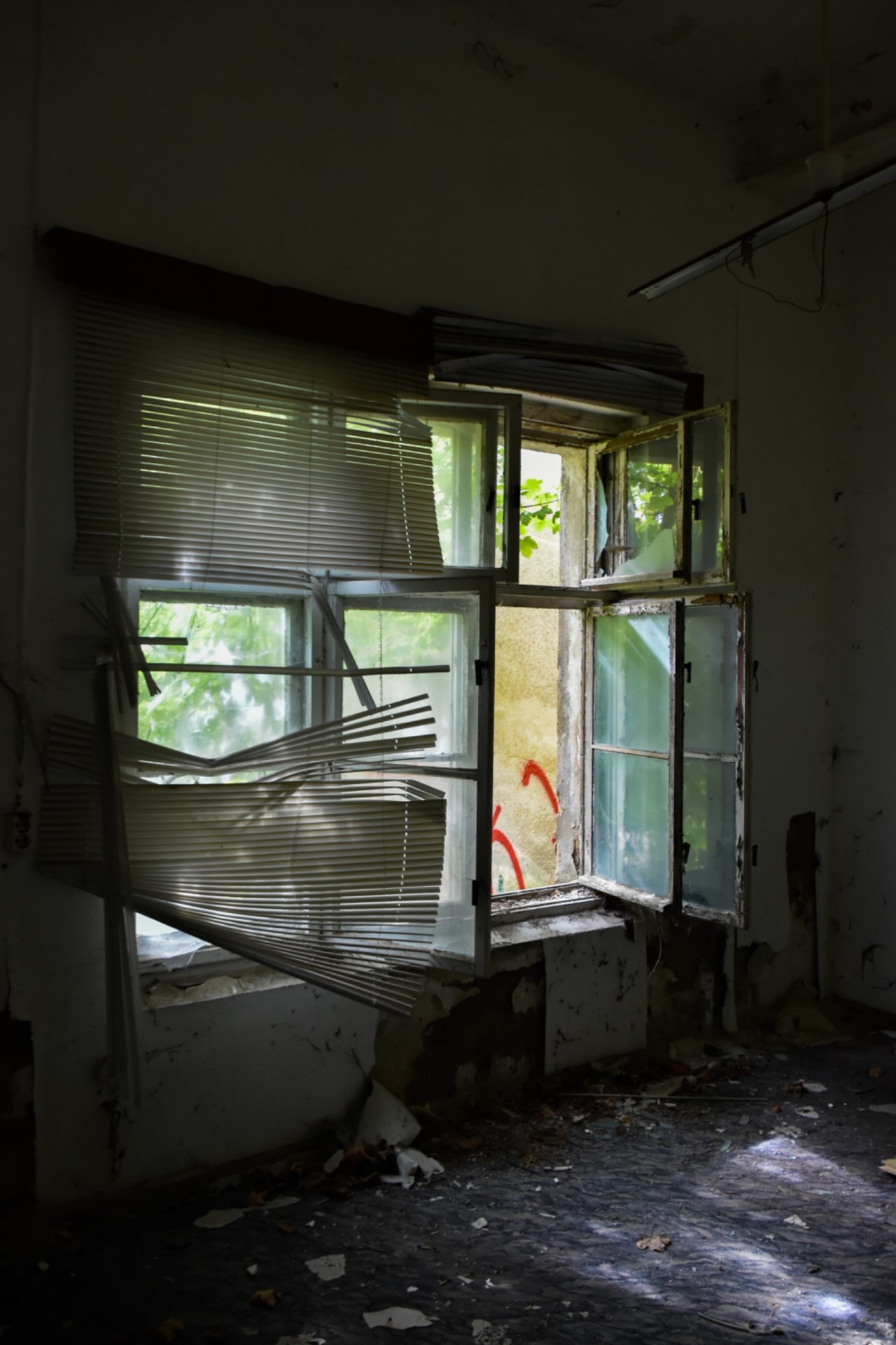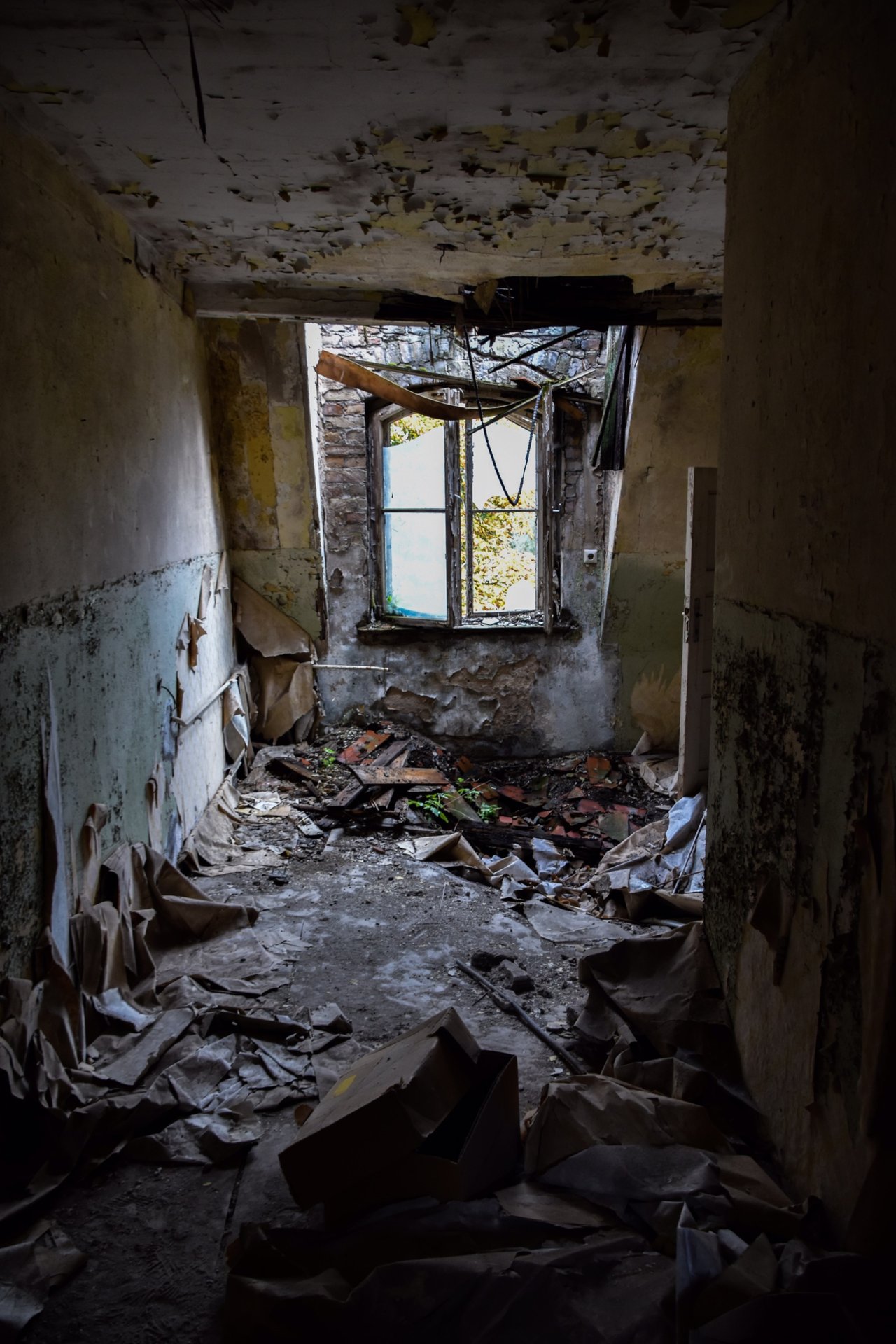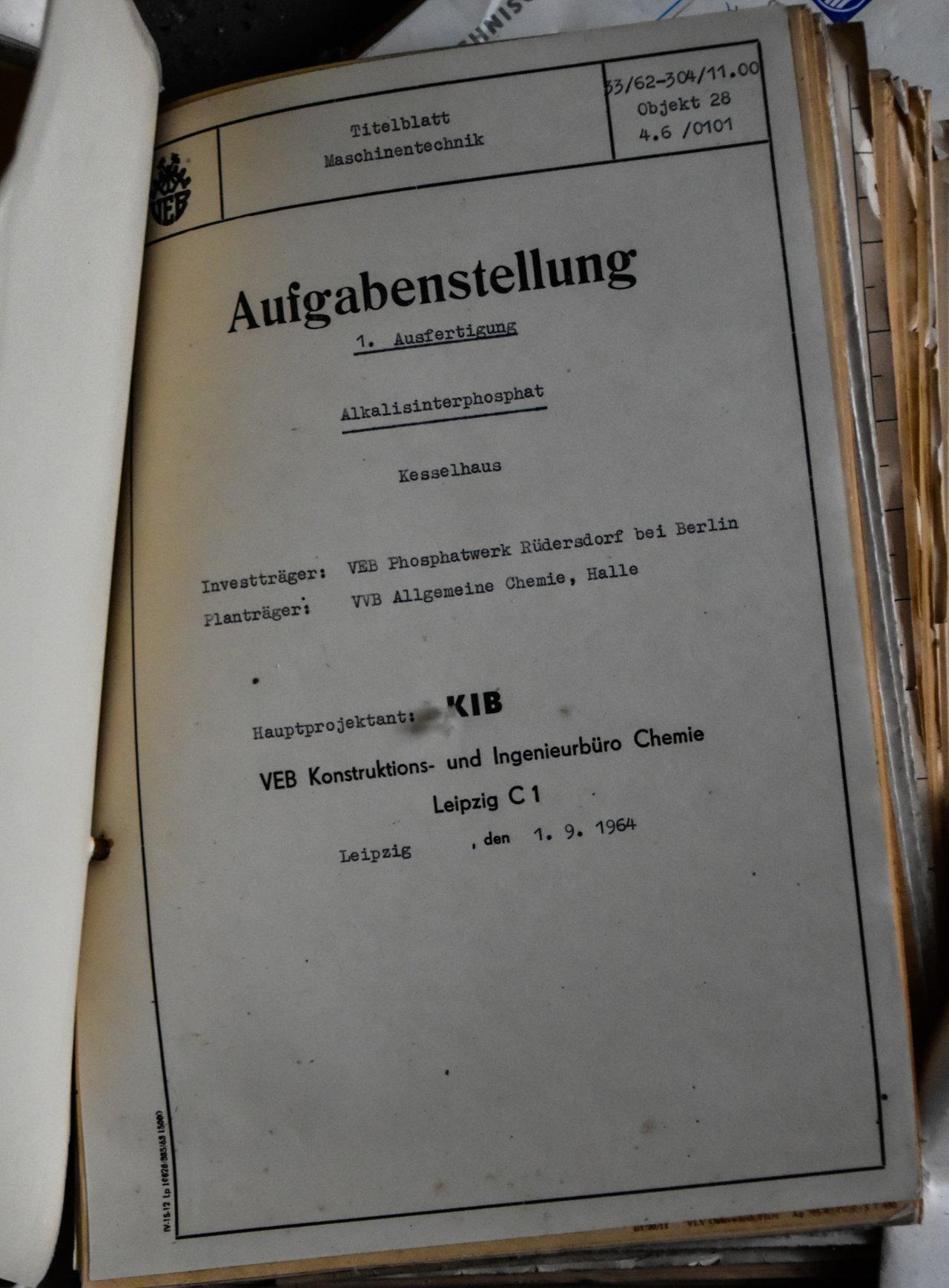Grindle
I travel alone. Wanderlust
Rüdersdorf Phosphate Works, Began life in 1899 as a cement factory operated by C.O.Wegener.
In 1939 the huge Preussag AG, mineral metal and mining corporation took over and later produced bauxite vital for the Nazis’ war effort.
Post WW2 the Soviets dismantled the plant, but it found a new lease of life in 1950 when the VEB Glühphosphatwerk Rüdersdorf was formed to make the aforementioned phosphates.
Two more kilns were added in 1972 and towards the end of the 70’s the factory came under control of the VEB Kombinat Agrochemie (agrochemicals).
German reunification spelled the end for the business, with dwindling sales and dodgy dealings from investors preceding the inevitable.
The factory gates were permanently closed in 1999.
Archive photo material sourced: www.ruedersdorf.de



We shall start with the offices, which are situated external to the well fenced and security protected works itself , also across a Edit - *PROFANITY REMOVED* river. A big Edit - *PROFANITY REMOVED* river.
Scouting round the harras fencing, it seemed to me the only way in was through the trees, back track. Time to venture into the bushes


Magnificent buildings, wonderful architecture, all secure? It seemed that way until I found an old chair, and a half open window that I could just about heave myself in through.

Not much in the basement.




Most of the rooms were stripped and bashed about throughout





Some really great wrought iron work on the stairs




The good old days when engineers, draughtsmen and the like had to think and not rely on CAD, and AI

Some of the company documentation just lying around begging to be photographed.






Now, how to cross the river?
For over the river lies the plant itself...........
In 1939 the huge Preussag AG, mineral metal and mining corporation took over and later produced bauxite vital for the Nazis’ war effort.
Post WW2 the Soviets dismantled the plant, but it found a new lease of life in 1950 when the VEB Glühphosphatwerk Rüdersdorf was formed to make the aforementioned phosphates.
Two more kilns were added in 1972 and towards the end of the 70’s the factory came under control of the VEB Kombinat Agrochemie (agrochemicals).
German reunification spelled the end for the business, with dwindling sales and dodgy dealings from investors preceding the inevitable.
The factory gates were permanently closed in 1999.
Archive photo material sourced: www.ruedersdorf.de



We shall start with the offices, which are situated external to the well fenced and security protected works itself , also across a Edit - *PROFANITY REMOVED* river. A big Edit - *PROFANITY REMOVED* river.
Scouting round the harras fencing, it seemed to me the only way in was through the trees, back track. Time to venture into the bushes


Magnificent buildings, wonderful architecture, all secure? It seemed that way until I found an old chair, and a half open window that I could just about heave myself in through.

Not much in the basement.




Most of the rooms were stripped and bashed about throughout





Some really great wrought iron work on the stairs




The good old days when engineers, draughtsmen and the like had to think and not rely on CAD, and AI

Some of the company documentation just lying around begging to be photographed.






Now, how to cross the river?
For over the river lies the plant itself...........
Last edited by a moderator:



